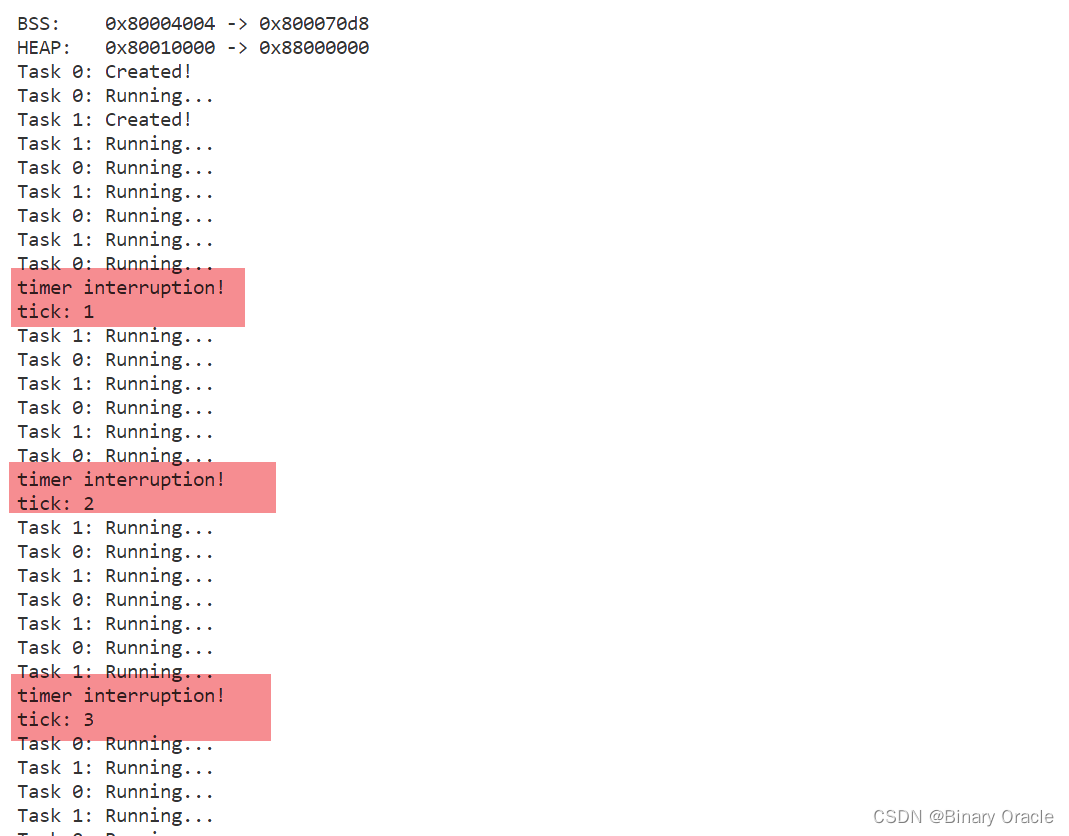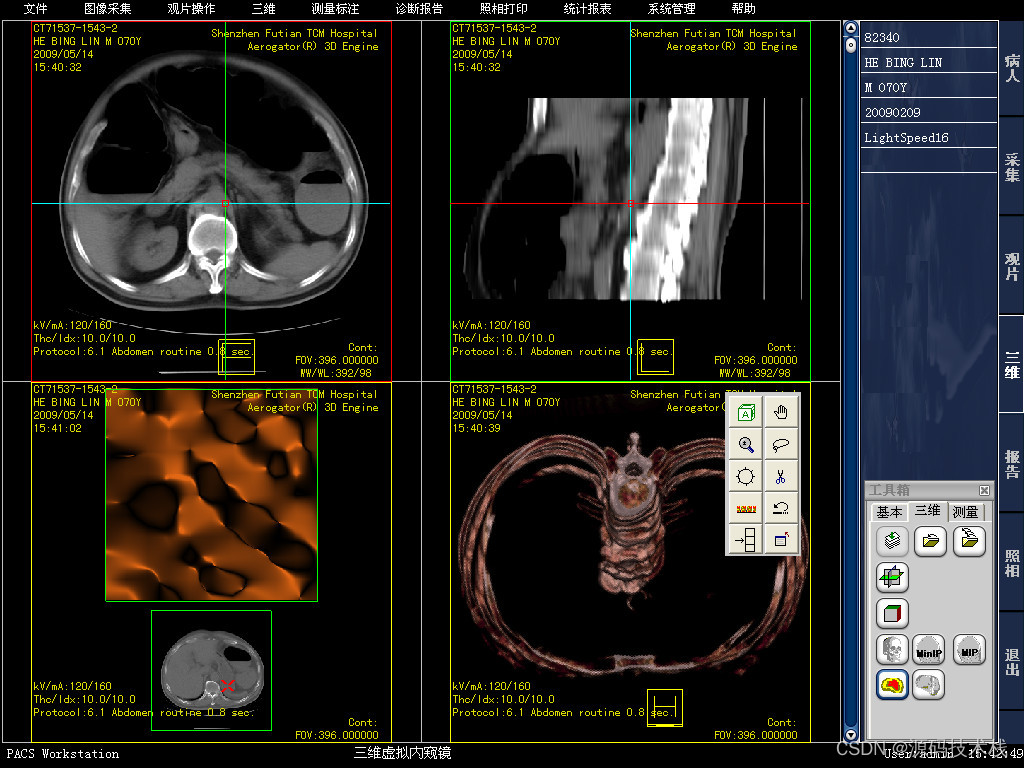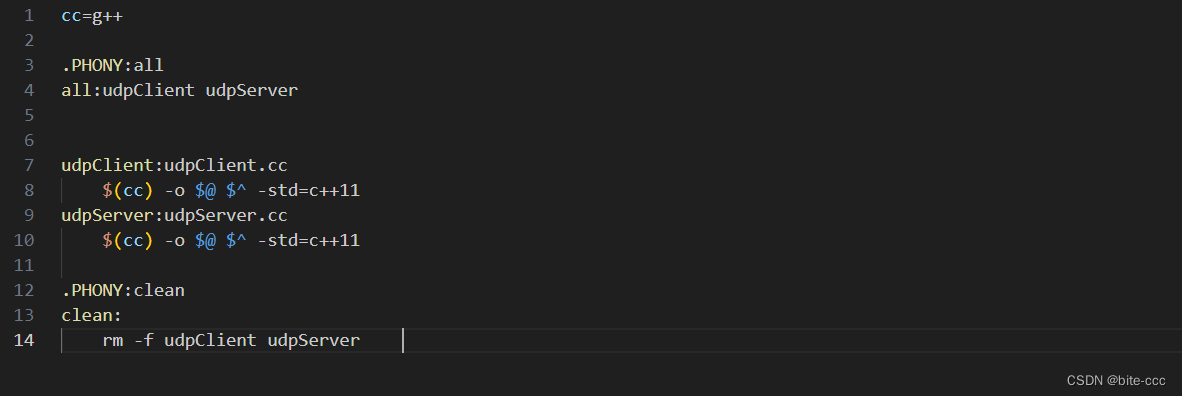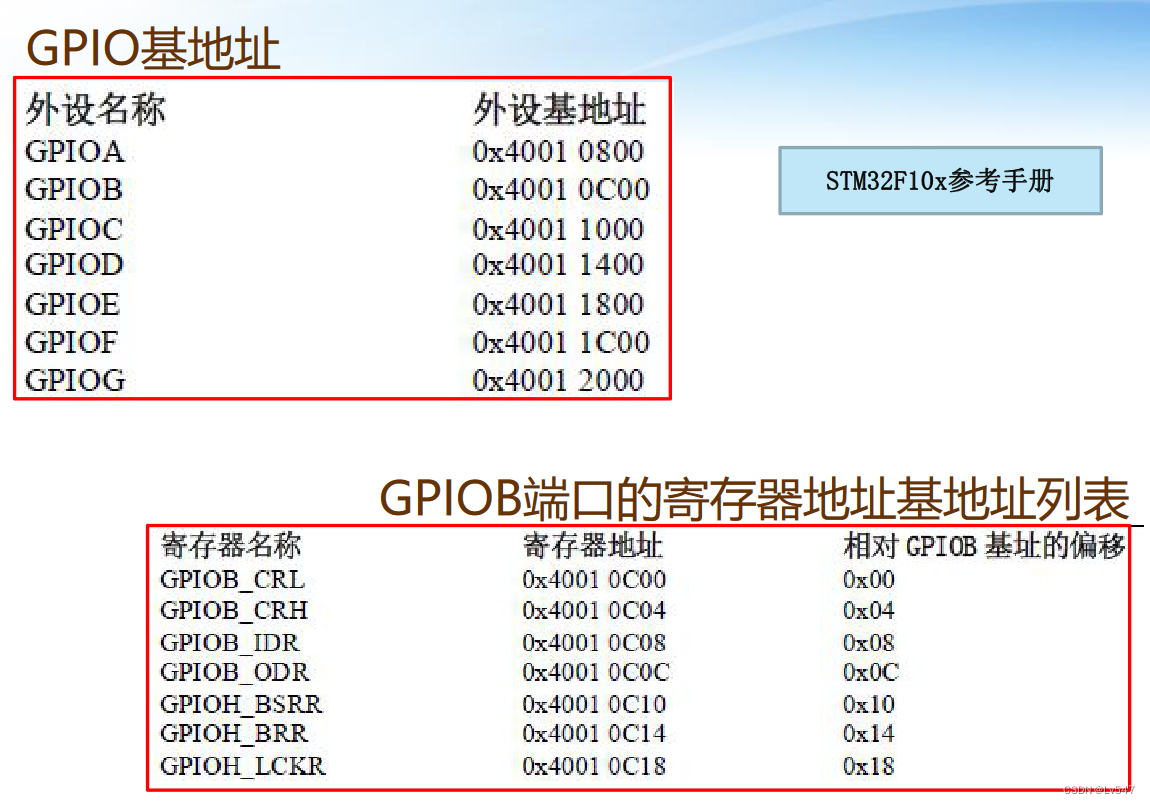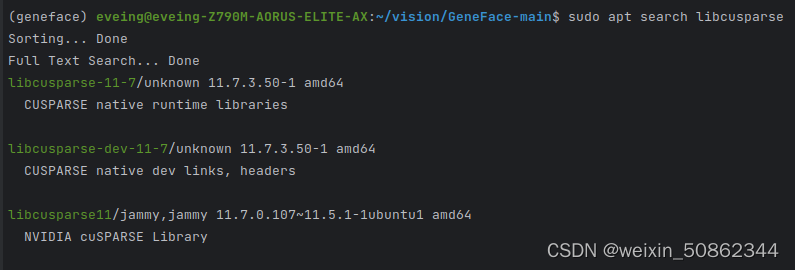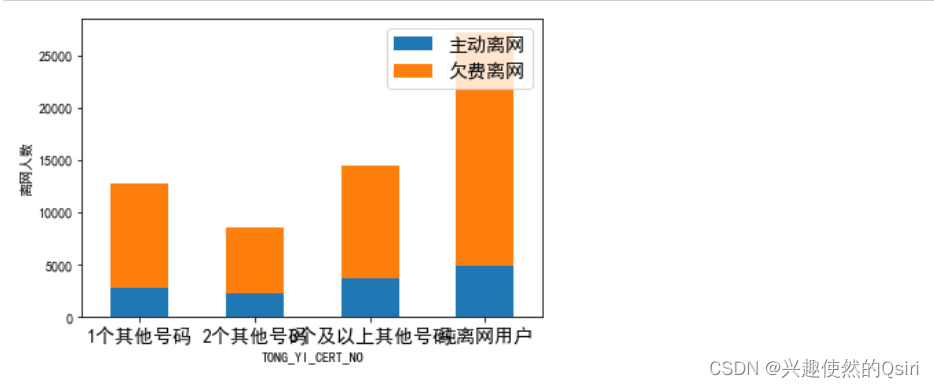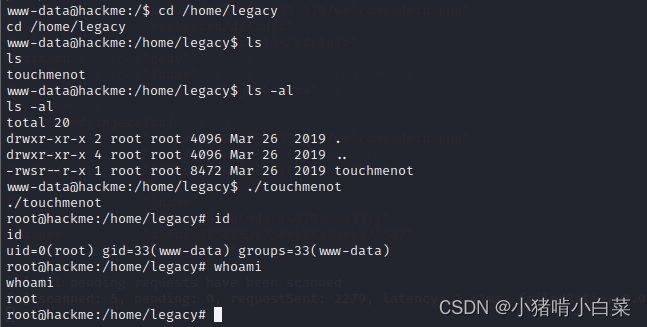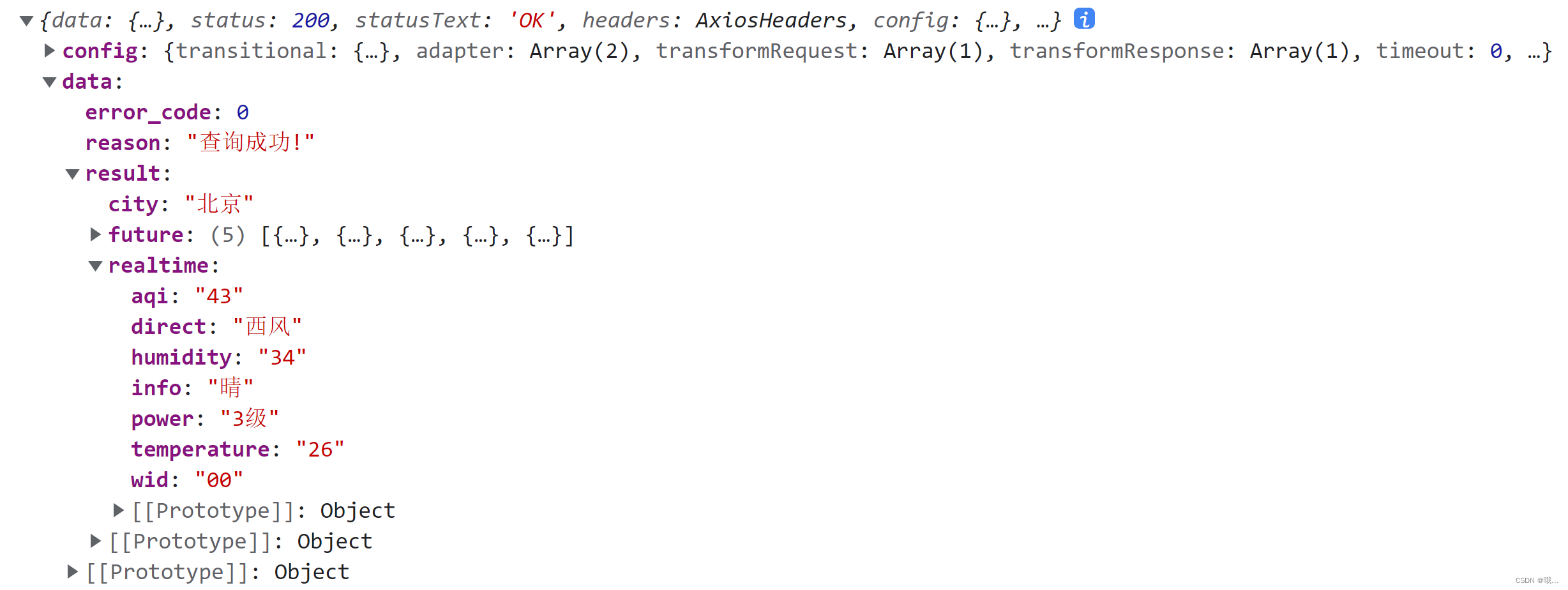第 37 天: 十字链表
package datastructures.graph;
/**
* ClassName: OrthogonalList
* Package: datastructures.graph
* Description: Orthogonal List for directed graph.
*
* @Author: luv_x_c
* @Create: 2023/5/28 14:53
*/
public class OrthogonalList {
/**
* An inner class for adjacent list.
*/
static class OrthogonalNode {
/**
* The row index.
*/
int row;
/**
* The column index.
*/
int column;
/**
* The next out node.
*/
OrthogonalNode nextOut;
/**
* The next in node.
*/
OrthogonalNode nextIn;
/**
* The first constructor.
*
* @param paraRow The row.
* @param paraColumn The column.
*/
public OrthogonalNode(int paraRow, int paraColumn) {
row = paraRow;
column = paraColumn;
nextIn = null;
nextOut = null;
}// Of OrthogonalNode
}// Of class OrthogonalNode
/**
* The number of nodes.
*/
int numNodes;
/**
* The headers for each row.
*/
OrthogonalNode[] headers;
/**
* The first constructor.
*
* @param paraMatrix The matrix indicting the graph.
*/
public OrthogonalList(int[][] paraMatrix) {
numNodes = paraMatrix.length;
// Step1. Initialize. The data in the headers are not meaningful.
OrthogonalNode tempPreciousNode, tempNode;
headers = new OrthogonalNode[numNodes];
// Step2. Link to its out nodes.
for (int i = 0; i < numNodes; i++) {
headers[i] = new OrthogonalNode(i, -1);
tempPreciousNode = headers[i];
for (int j = 0; j < numNodes; j++) {
if (paraMatrix[i][j] == 0) {
continue;
}// Of if
// Create a new node.
tempNode = new OrthogonalNode(i, j);
// Link.
tempPreciousNode.nextOut = tempNode;
tempPreciousNode = tempNode;
}// Of for j
}// Of for i
// Step3. Link to its in nodes.
OrthogonalNode[] tempColumnNodes = new OrthogonalNode[numNodes];
System.arraycopy(headers, 0, tempColumnNodes, 0, numNodes);
for (int i = 0; i < numNodes; i++) {
tempNode = headers[i].nextOut;
while ((tempNode != null)) {
tempColumnNodes[tempNode.column].nextIn = tempNode;
tempColumnNodes[tempNode.column] = tempNode;
tempNode = tempNode.nextOut;
}// Of while
}// Of for i
}// Of the first constructor
@Override
public String toString() {
String resultString = "Out arcs: ";
OrthogonalNode tempNode;
for (int i = 0; i < numNodes; i++) {
tempNode = headers[i].nextOut;
while (tempNode != null) {
resultString += " (" + tempNode.row + ", " + tempNode.column + ")";
tempNode = tempNode.nextOut;
}// Of while
resultString += "\r\n";
}// Of for i
resultString += "\r\nIn arcs: ";
for (int i = 0; i < numNodes; i++) {
tempNode = headers[i].nextIn;
while (tempNode != null) {
resultString += " (" + tempNode.row + ", " + tempNode.column + ")";
tempNode = tempNode.nextIn;
}// Of while
resultString += "\r\n";
}// Of for i
return resultString;
}// Of toString
/**
* The entrance of the program.
*
* @param args Not used now.
*/
public static void main(String[] args) {
int[][] tempMatrix = {{0, 1, 0, 0}, {0, 0, 0, 1}, {1, 0, 0, 0}, {0, 1, 1, 0}};
OrthogonalList tempList = new OrthogonalList(tempMatrix);
System.out.println("The data are:\r\n" + tempList);
}// Of main
}// Of class OrthogonalList

解释一下构建入结点链表那块。
for (int i = 0; i < numNodes; i++) {
tempNode = headers[i].nextOut;
while ((tempNode != null)) {
tempColumnNodes[tempNode.column].nextIn = tempNode;
tempColumnNodes[tempNode.column] = tempNode;
tempNode = tempNode.nextOut;
}// Of while
}// Of for i首先,使用一个循环遍历每个头节点
headers[i],其中i是节点的索引。然后,通过
tempNode = headers[i].nextOut将tempNode初始化为当前头节点的第一个出节点。接下来,进入一个循环
while (tempNode != null),该循环遍历当前头节点的出节点链表。在循环中,首先执行
tempColumnNodes[tempNode.column].nextIn = tempNode,将当前出节点tempNode的引用赋值给对应列索引tempNode.column的tempColumnNodes数组中的节点的nextIn指针,即将当前出节点链接到对应列的入节点链表中。然后,执行
tempColumnNodes[tempNode.column] = tempNode,将tempNode赋值给tempColumnNodes数组中的对应列索引位置,以便下次循环时更新对应列的入节点链接位置。最后,执行
tempNode = tempNode.nextOut,将tempNode移动到当前出节点的下一个出节点,继续下一轮循环,直到遍历完当前头节点的出节点链表。


